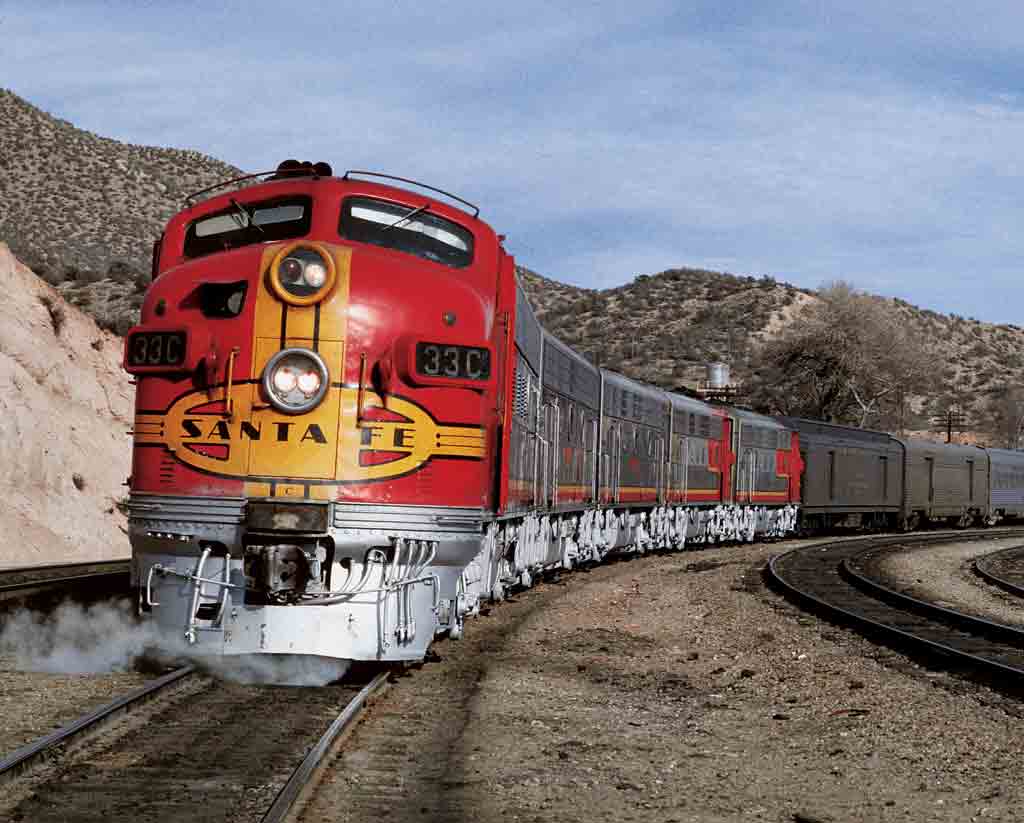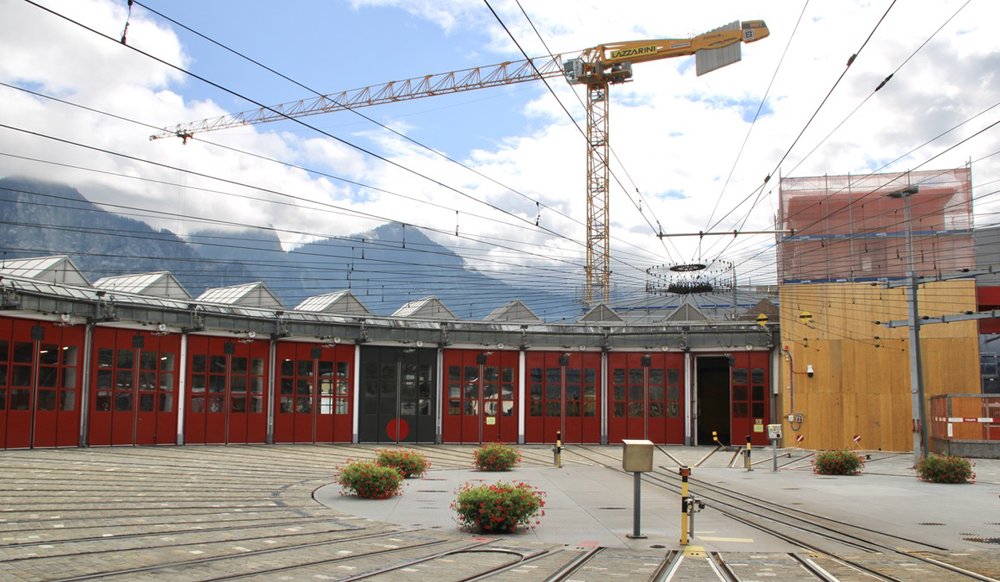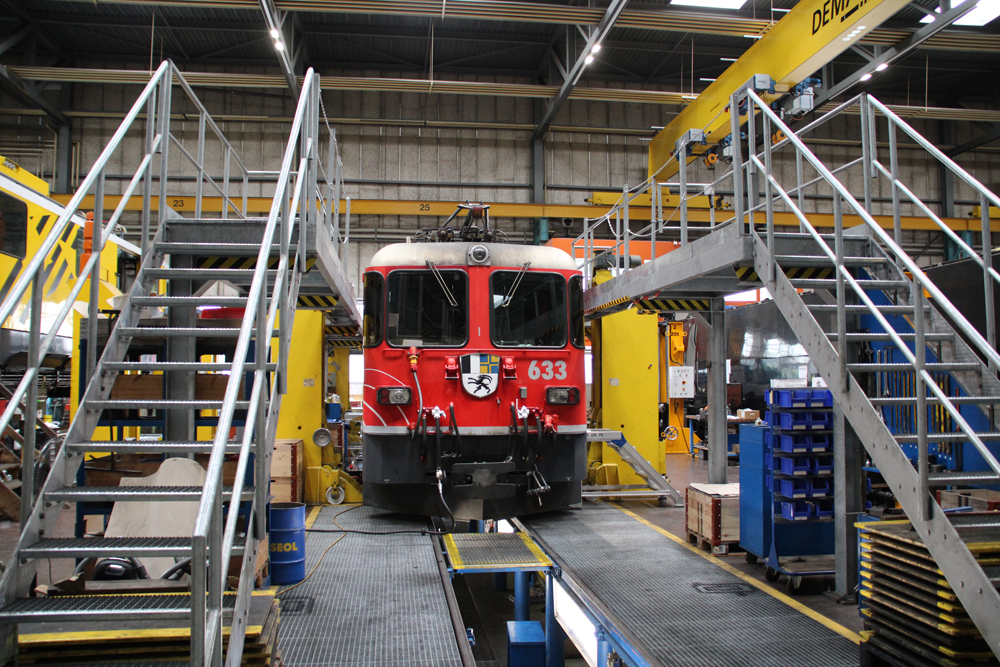When summer 1956 rolled around, I splurged some of my reporter’s salary on a round-trip coach ticket to Chicago for a short vacation. This involved taking local train 94 to Amarillo and transferring to No. 2, the San Francisco Chief, to the Windy City. A week later, after gorging on such delights as the North Shore Line’s Electroliner to Milwaukee (where I met TRAINS Editor David P. Morgan), the South Shore to South Bend, and innumerable streetcar and elevated-train rides, I boarded Santa Fe No. 1 at Dearborn Station for my 4 p.m. departure for Amarillo. The long chair-car ride would allow me to unwind from the excitement of the big city.
But the excitement was not over. Around 10 that night I was snoozing in my seat in one of the forward coaches when I was jerked awake by a strange sound—the rattle of ballast hitting the bottom of the car. At the same time, the vehicle began to yaw and twist, within seconds catapulting me and the other passengers into the aisle. TRAIN WRECK!
The car came to rest partially on its side, but some of us inside were able to make our way to the vestibule. Fellow passengers remarked that nobody in our car seemed seriously hurt.
When I finally reached the ground, I could see that this was a major derailment. A quick glance told the story: the four Warbonnet F-unit diesels were on their sides, one unit was on fire, and the forward cars were jackknifed across the torn-up double track, neatly tucked in among high-tension towers but touching none of them! I learned that we were in Carrollton, Mo., about an hour and a half shy of Kansas City. Within moments, police cars, fire trucks, and ambulances showed up. Despite the late hour and the smallness of Carrollton, a crowd of onlookers quickly assembled.
Heeding my reporter’s instinct, I began interviewing passengers and officials. I walked the train, noting that all cars behind the diner were still on the rails. I found the dazed engineer sitting on an upturned concrete block. He told me he was making about 80 mph and that the wreck might have been caused by an object dropped onto the track from a passing freight. He wasn’t sure.
Then I saw a natural-gas pumping station next to the tracks, with its door open and its small staff standing outside. They permitted me to use their phone to call the wire-service bureaus in Kansas City. As I was dictating, the train’s conductor, exuding calm authority, marched in and asked to use the phone pronto so he could notify railroad officials. Doubtless they already knew something was wrong.
One employee who knew was the local section foreman. He had his men and a bulldozer pulling a long siding out from under the wreckage along the two main tracks. I don’t know how he assembled his crew so fast, but before my very eyes, he was fashioning a 10-mph bypass around the wreckage.
It turned out that there were numerous injuries, some serious, in the two chair cars ahead of mine. I do not recall if there were any fatalities. By 2 a.m. a relief train, consisting of a set of F units and a string of heavyweight coaches of the type used on secondary trains, eased up from the Kansas City end.
By this time the division roadmaster was on the scene, directing clean-up efforts pending arrival of the wreckmaster and his “big hook.” In an orderly fashion, passengers were directed from their temporary refuge in a nearby school and onto the relief train. After an hour, I noticed that eastbound train traffic, headed up by No. 10, the Kansas City Chief, and 22, the El Capitan, was inching past on the shifted track.
I boarded the rescue train, and at 3:30 a.m. we lurched forward, heading for Kansas City. A couple of freights were moving slowly in the other direction as we slammed through little places like Hardin and Henrietta. The Santa Fe was busily putting its railroad back together in a textbook demonstration of how to deal with calamity. Our car was crowded with survivors. Some dozed; others were engaged in animated conversation. Crewmen assured everyone that connections would be protected once we arrived in Kansas City.
It was close to 5 a.m. when we got to Union Station. Soon a man came aboard, announcing that our train, with its old, olive-green equipment, would continue west as the substitute San Francisco Chief. More time went by, then our cars shifted backward as a diner and lounge car from the reserve pool were inserted into the train, along with two or three heavyweight Pullmans. Before we left, many folks went into the station to telephone anxious relatives or friends.
An army of Santa Fe claims adjusters got on, fanning out with checkbooks and release forms. They stayed on board as we headed west. A lot of people signed releases in exchange for (probably) small settlement sums. I didn’t, but suffering no subsequent whiplash, I never filed a claim.
The dining-car steward walked the train, telling everyone that meals were on the house for the rest of the trip. Ditto for drinks in the lounge car. Famished, I managed to get the last seat in the diner and enjoyed a hearty breakfast, courtesy of the Fred Harvey Co.
The rest of the day passed slowly. Our locomotive flew white flags, so apparently we were running as an extra, not a delayed No. 1. Onward we went, making stops at places like Newton, Wichita, and Wellington, Kans.; Alva, Okla.; and Canadian, Texas. By mid-afternoon, nearly everyone was sound asleep, their nocturnal ordeal over.
Night fell, and we arrived in Amarillo. Of course, my connecting train, No. 93, had left for Lubbock at 9:35 that morning, so I wondered how I would get home. Not to worry, the four passengers for points south, including me, were met on the platform by the local trainmaster, a nice man whose name, alas, I no longer have. He drove us in his Buick sedan all the way to Lubbock, 121.6 miles.
Now, that’s class.
First published in Winter 2005 Classic Trains magazine.
Learn more about railroad history by signing up for the Classic Trains e-mail newsletter. It’s a free monthly e-mail devoted to the golden years of railroading.














